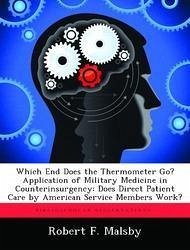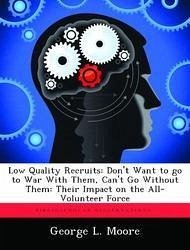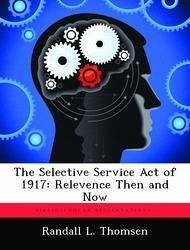
Uncle Sam says, "I Want You!": The Politics of the Draft and National Service
Versandkostenfrei!
Versandfertig in über 4 Wochen
52,99 €
inkl. MwSt.

PAYBACK Punkte
26 °P sammeln!
Nearly everyone has seen the recruiting poster with Uncle Sam pointing directly at you and declaring "I Want You!" This broad patriotic appeal touches upon some very fundamental questions: Who serves in the military (i.e., everyone or only certain individuals, volunteers or conscripts)? What are the obligations of a citizen to the state? Which has a higher priority among the democratic values of liberalism and egalitarianism? The answers to these questions provide insights to how our nation decides to man its armed forces. There currently appears to be a widespread general consensus among poli...
Nearly everyone has seen the recruiting poster with Uncle Sam pointing directly at you and declaring "I Want You!" This broad patriotic appeal touches upon some very fundamental questions: Who serves in the military (i.e., everyone or only certain individuals, volunteers or conscripts)? What are the obligations of a citizen to the state? Which has a higher priority among the democratic values of liberalism and egalitarianism? The answers to these questions provide insights to how our nation decides to man its armed forces. There currently appears to be a widespread general consensus among politicians, military leaders and academics that the military draft is no longer a viable policy option for the United States in the twenty-first century. Despite this general consensus against the draft and given the questionable viability of the all-volunteer force (AVF), this monograph explores the critical question: Is a military draft still a viable manpower policy for the United States? The framework for analysis combines Professor John Kingdon's notion of policy windows and Carl von Clausewitz' "paradoxical trinity." A detailed analysis of the four major draft enactments/periods in U.S. history: Civil War, World War I, World War II, and the Cold War will show that the factors that resulted in a military draft in our nation's past are just as relevant in the twenty-first century. A brief discussion on the adoption of the AVF and recent legislative efforts to return to a military draft or creation of a national service program provide additional insights to answering the monograph's critical question. Although the external threat and the resulting perceived long term emergency to the nation were important and necessary conditions before each draft enactment, these alone were not sufficient. These threats "opened" a policy window to allow political actors-presidents, members of Congress, the military, influential citizens and lobbying groups-the opportunity to advocate and ena












